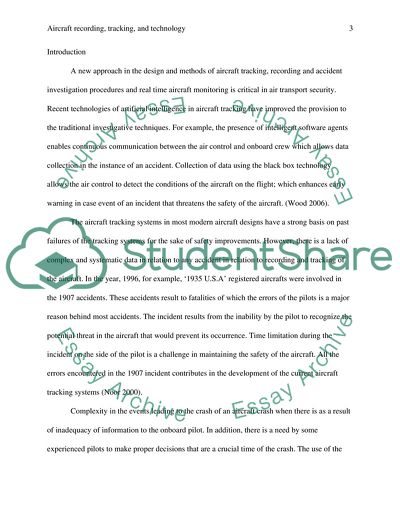Cite this document
(Aircraft Recording, Tracking, and Technology Coursework Example | Topics and Well Written Essays - 3000 words, n.d.)
Aircraft Recording, Tracking, and Technology Coursework Example | Topics and Well Written Essays - 3000 words. https://studentshare.org/engineering-and-construction/1827975-aircraft-tracking-and-recording-devicestechnology-used-in-aircraft-accident-investigations
Aircraft Recording, Tracking, and Technology Coursework Example | Topics and Well Written Essays - 3000 words. https://studentshare.org/engineering-and-construction/1827975-aircraft-tracking-and-recording-devicestechnology-used-in-aircraft-accident-investigations
(Aircraft Recording, Tracking, and Technology Coursework Example | Topics and Well Written Essays - 3000 Words)
Aircraft Recording, Tracking, and Technology Coursework Example | Topics and Well Written Essays - 3000 Words. https://studentshare.org/engineering-and-construction/1827975-aircraft-tracking-and-recording-devicestechnology-used-in-aircraft-accident-investigations.
Aircraft Recording, Tracking, and Technology Coursework Example | Topics and Well Written Essays - 3000 Words. https://studentshare.org/engineering-and-construction/1827975-aircraft-tracking-and-recording-devicestechnology-used-in-aircraft-accident-investigations.
“Aircraft Recording, Tracking, and Technology Coursework Example | Topics and Well Written Essays - 3000 Words”. https://studentshare.org/engineering-and-construction/1827975-aircraft-tracking-and-recording-devicestechnology-used-in-aircraft-accident-investigations.


